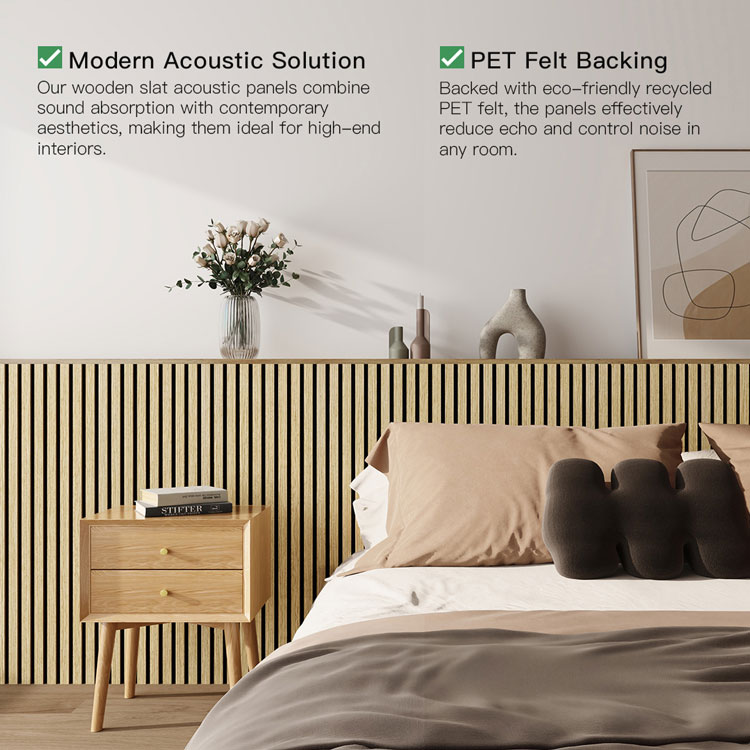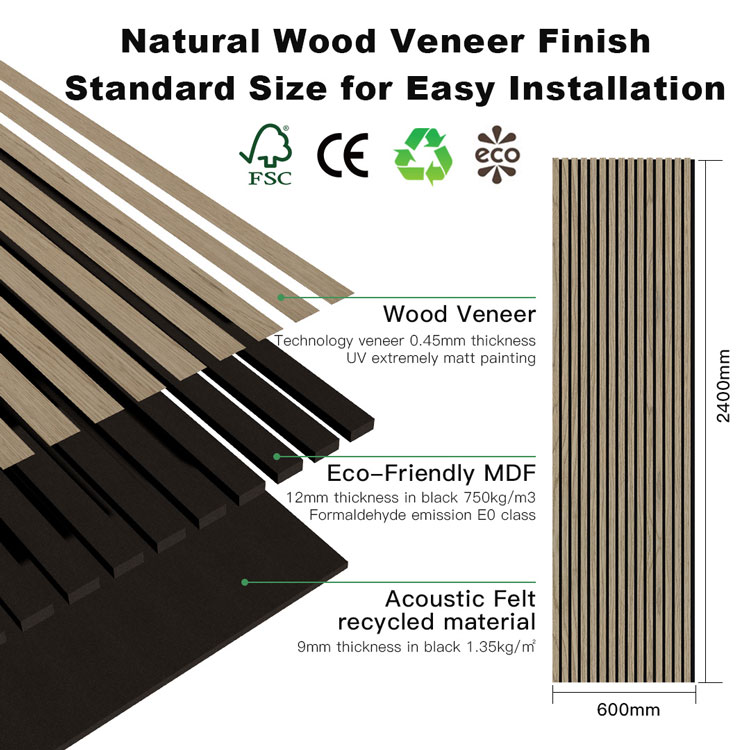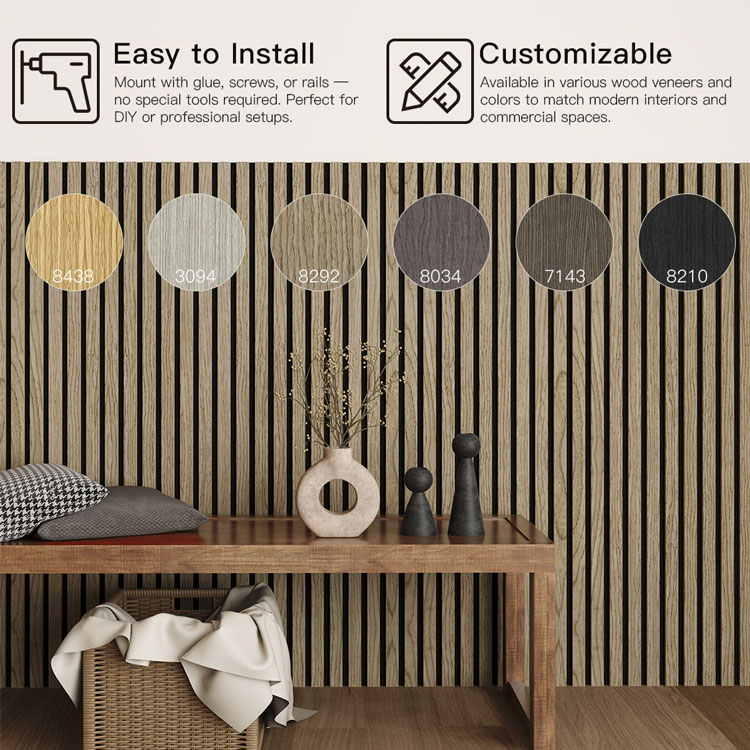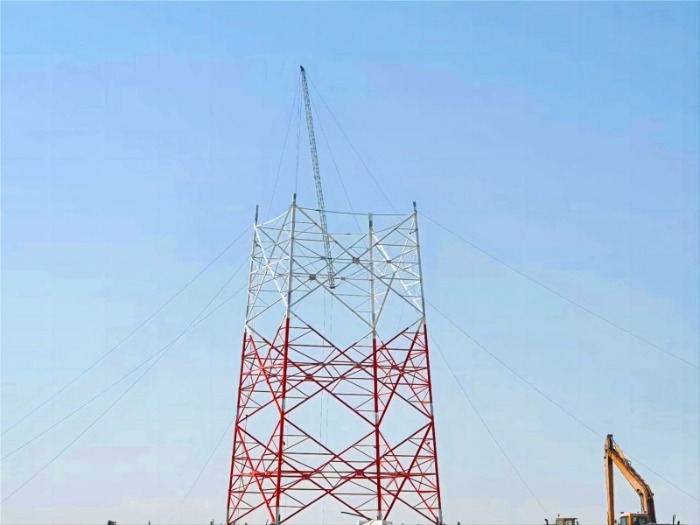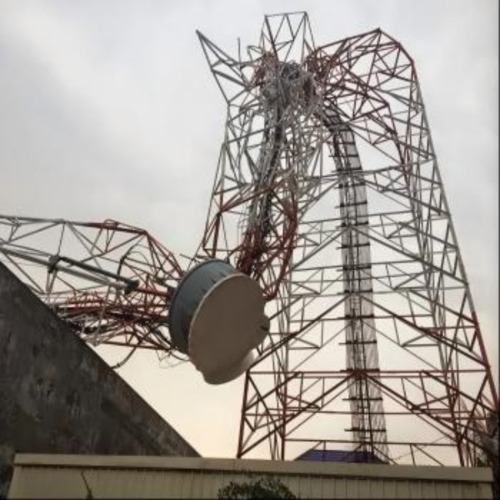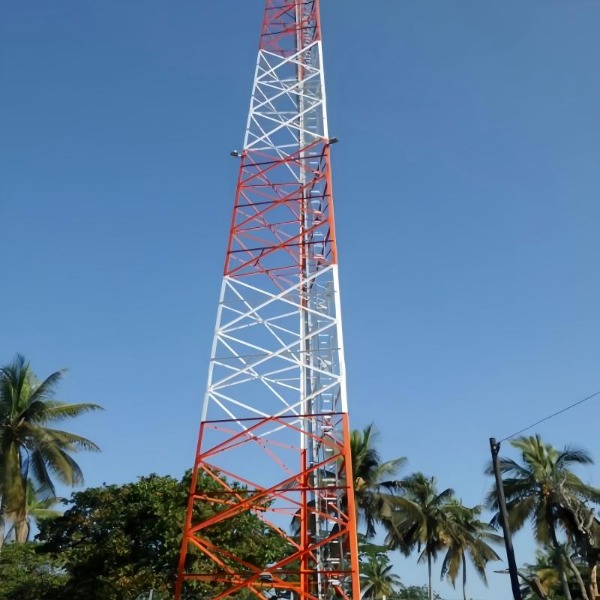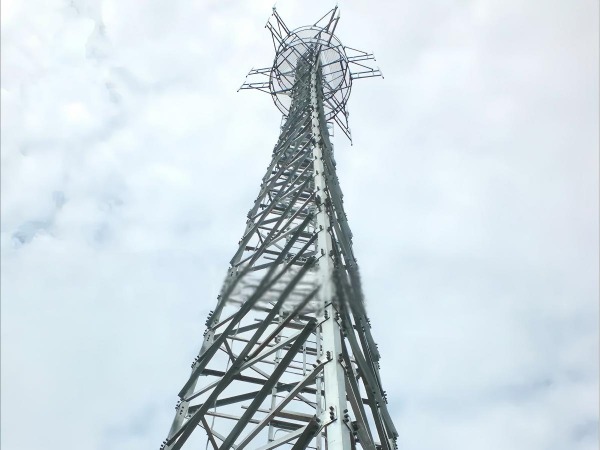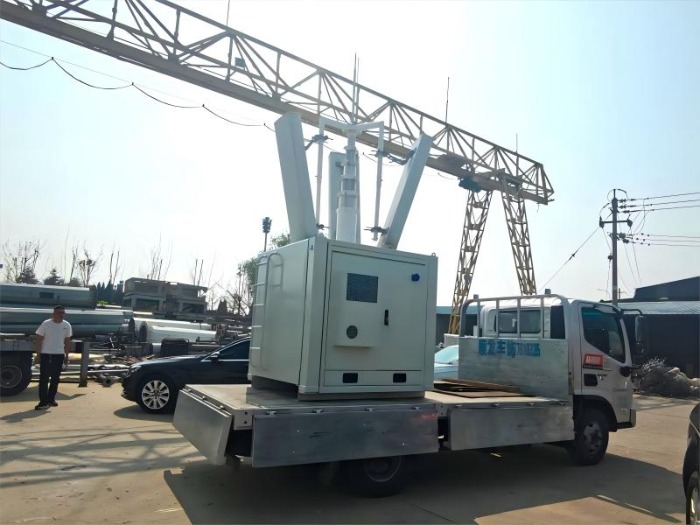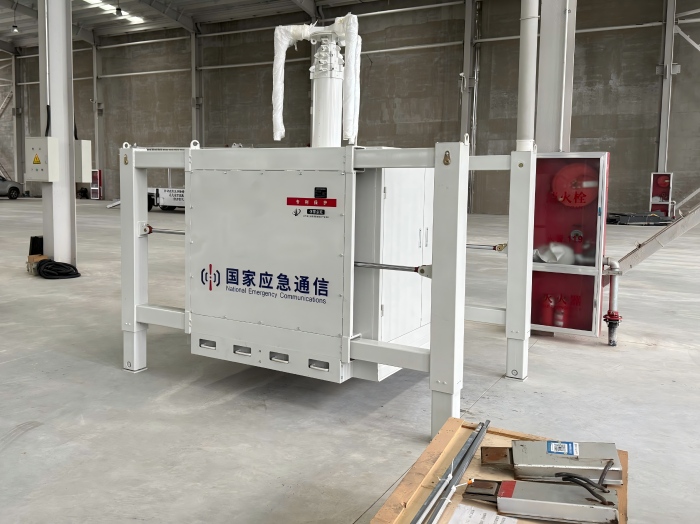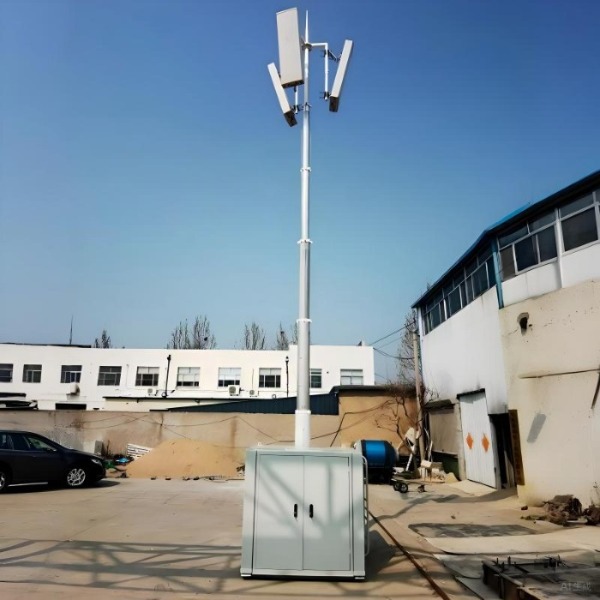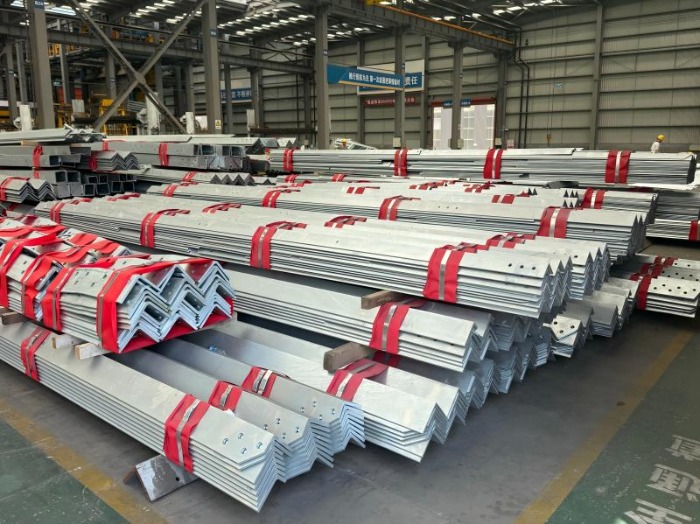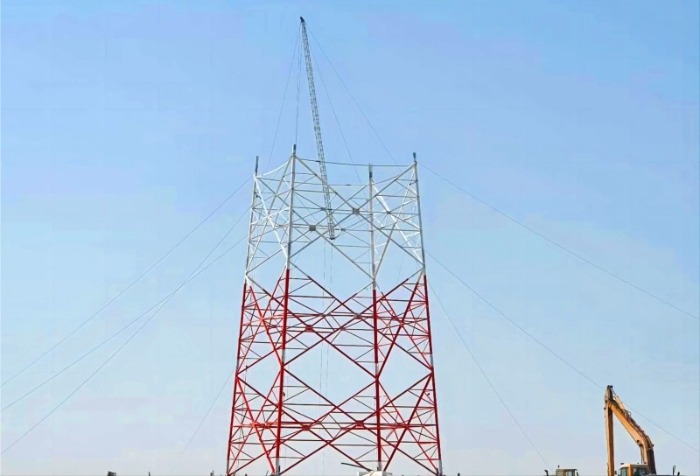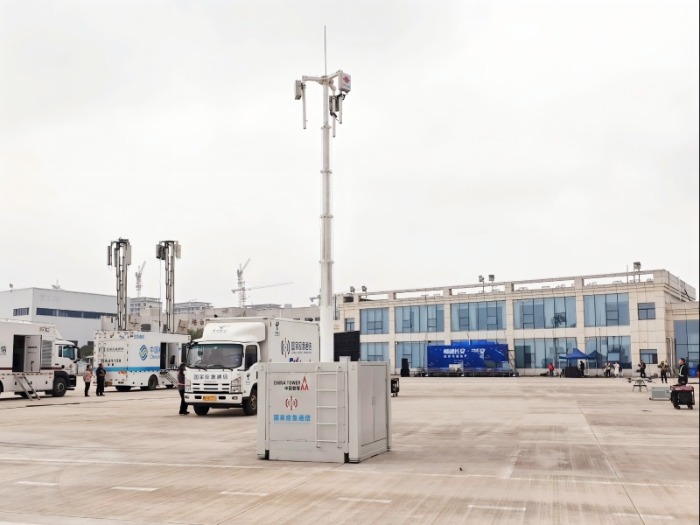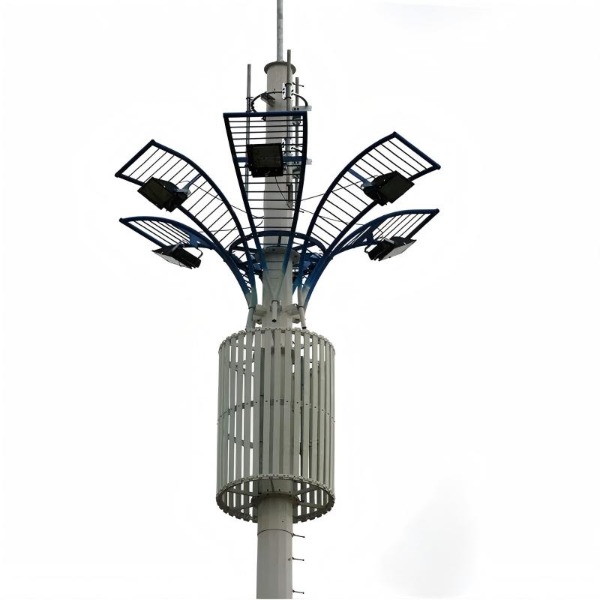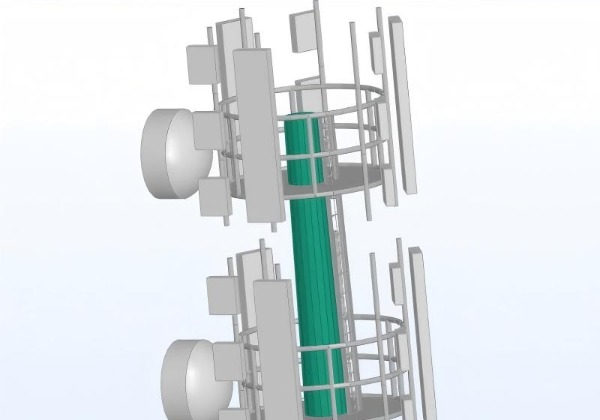Introduction: The Versatile World of Emergency Communication Shelters
In an increasingly connected world, maintaining reliable communication during emergencies and major events is not just convenient—it's critical. Emergency communication shelters have emerged as transformative solutions that bridge the gap between permanent infrastructure and temporary needs. These mobile units represent the perfect fusion of advanced engineering and practical functionality, designed to deploy rapidly wherever and whenever communication capabilities are needed most.
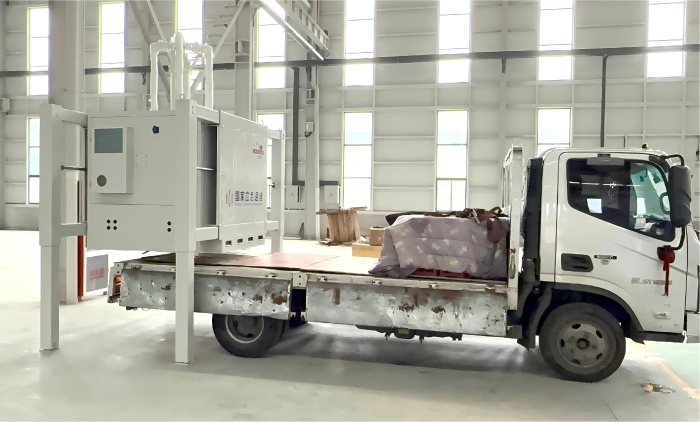
At their core, emergency communication shelters are self-contained units housing comprehensive communication equipment, power systems, and environmental controls. Their true value lies in their remarkable adaptability—the same fundamental technology can be reconfigured to support diverse scenarios, from earthquake response to international sporting events. This guide explores the full spectrum of applications for these versatile systems.
Technical Capabilities: Engineering for Reliability
Robust Construction and Environmental Resilience
Emergency communication shelters are built to perform under pressure. Their engineering begins with the shell—typically constructed with steel framework and enhanced plastic panels that resist corrosion while maintaining a professional appearance . The panels are filled with foam insulation that provides both thermal protection and noise reduction, creating an optimal environment for sensitive electronic equipment .
This robust construction enables operation across extreme temperature ranges, from -41°C to +66°C , making them equally viable for arctic rescue operations and desert deployments. Additional protective features include anti-salt spray capabilities for coastal environments and storm-resistant designs that can withstand high winds and heavy precipitation .
Comprehensive Communication Systems
What sets these shelters apart is their integrated approach to communication challenges. A single unit typically combines:
-
Multi-band radio systems that enable interoperability between different agencies and their equipment
-
Satellite communications for areas where terrestrial networks are compromised or nonexistent
-
4G/5G cellular capabilities through integrated base stations that can create instant networks
-
Video conferencing systems that maintain connection with command centers and other locations
The communication system in one of these shelters represents a miniaturized version of a full-scale command center, condensed into a transportable package that can be operational within hours of arrival.
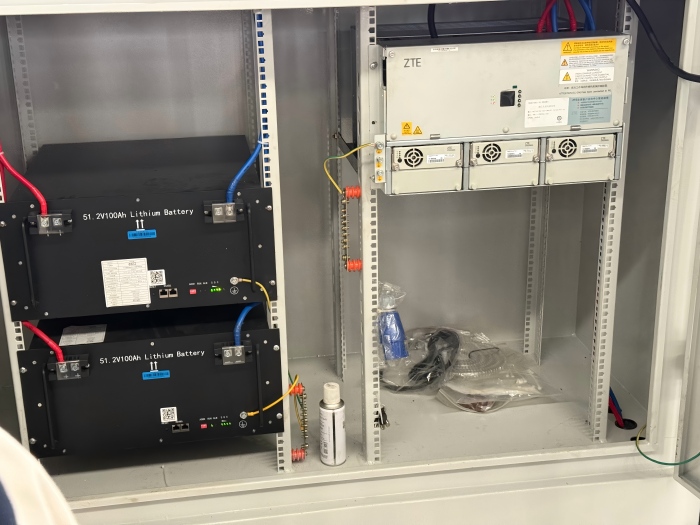
Primary Application Scenarios
Emergency Response and Disaster Relief
When disasters strike—whether natural or man-made—emergency communication shelters become the beating heart of response operations. Their value was prominently displayed during the "Emergency Mission·2025" exercises across China, where specialized vehicles and shelters provided critical communication links during simulated "broken road, broken network, broken power" scenarios .
In these high-pressure environments, the shelters deliver:
-
Rapid deployment with some models operational within 30-60 minutes of arrival
-
Inter-agency coordination through systems that connect different response teams regardless of their equipment
-
Situational awareness with integrated monitoring systems that collect environmental data, track resources, and map the affected area
-
Remote consultation capabilities that connect field personnel with subject matter experts anywhere in the world
The modular nature of these systems was demonstrated in a Chinese military exercise, where a complete field hospital with specialized communication shelters was fully operational within 40 minutes of arrival , highlighting how quickly these units can establish order in chaos.
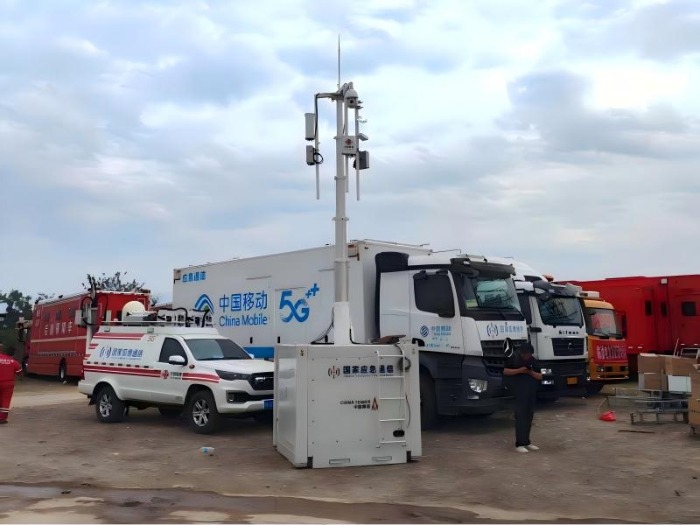
Major Event Support and Conference Guarantee
Beyond emergencies, these shelters provide crucial support for planned major events where temporary communication infrastructure is needed. During conferences, international gatherings, and cultural events, they serve as:
-
Mobile command centers that coordinate security, logistics, and emergency response
-
Temporary network expansion that supplements existing infrastructure to handle increased demand
-
Broadcast support units that facilitate media coverage and information dissemination
The same "Emergency Mission·2025" exercise that tested disaster response capabilities also highlighted how these shelters can support large-scale coordination, with some models offering approximately 70 square meters of conference space capable of accommodating 60+ personnel . This dual-use capability makes them equally valuable for both crisis response and prestigious international events.
Field Hospitals and Medical Response
The COVID-19 pandemic underscored the critical importance of integrating communication systems with medical response. Emergency communication shelters have become indispensable components of modern field hospitals, including Fangcang-style temporary medical facilities.
In these medical scenarios, communication shelters provide:
-
Telemedicine connections that enable consultation between field clinicians and specialist physicians
-
Patient tracking systems that monitor admissions, discharges, and transfers
-
Supply chain management that ensures adequate medical supplies are available when needed
-
Administrative support for the complex coordination required in medical emergencies
A powerful example comes from Hangzhou's White Lake Fangcang Hospital, where a communication network was established within 12 hours using flexible deployment technology, including 5G connectivity . This rapid integration of communication infrastructure with medical facilities demonstrates how these shelters create bridges between patients, field staff, and centralized medical resources.
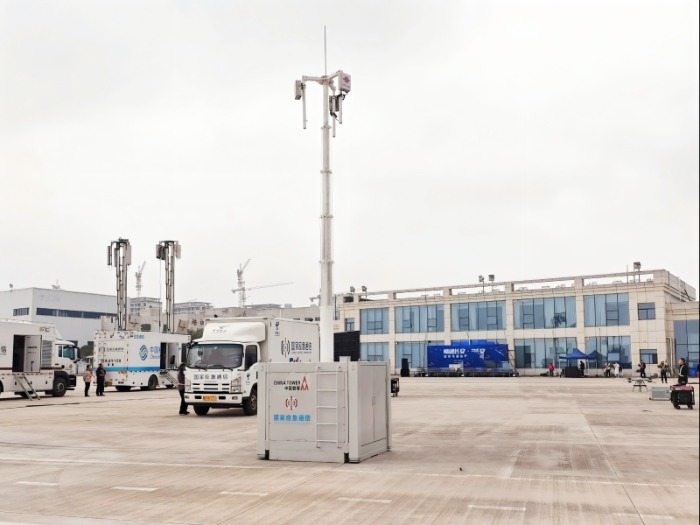
Specialized Configurations for Unique Challenges
Transportation and Logistics
The versatility of emergency communication shelters extends to their mobility options. Units are designed for transport via:
-
Road trailers for regional deployment
-
Air transport for rapid long-distance deployment
-
Maritime shipping for international missions or island response
-
Rail transport for heavy equipment movement
This multi-modal capability ensures that communication support can reach virtually any location, with specially designed units for "last-mile" deployment in areas where traditional vehicles cannot travel.
Integrated Command Ecosystems
Modern emergency communication shelters rarely operate in isolation. They function as nodes in broader response networks, connecting with:
-
Portable command kits that extend reach into inaccessible areas
-
Unmanned aerial systems that provide aerial perspective and reconnaissance
-
Mobile incident command vehicles that create coordinated response clusters
-
Wearable technology that connects individual responders to the command structure
This interconnected approach was demonstrated in the "Xiaodi Intelligent System," which enables centralized management of multiple response vehicles and equipment , creating a unified response despite the complexity of modern emergency management.
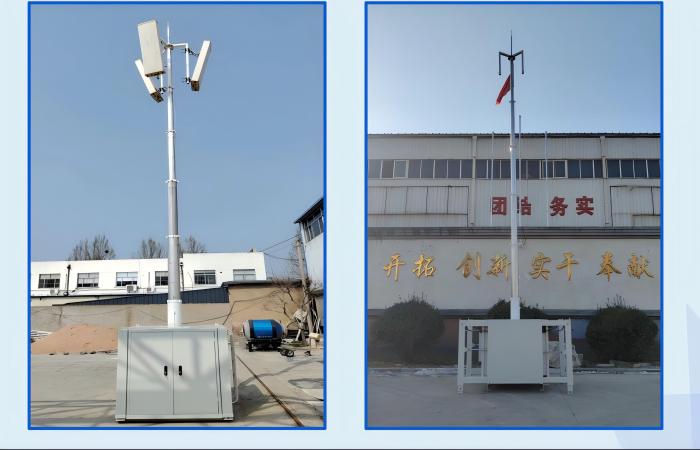
Conclusion: The Future of Emergency Communication
Emergency communication shelters have evolved from simple equipment transporters to sophisticated mobile command centers that adapt to virtually any scenario. Their continued development points toward even greater integration with emerging technologies like artificial intelligence, advanced satellite constellations, and autonomous deployment systems.
As climate change increases the frequency and severity of natural disasters, and as global events continue to draw large crowds, these versatile systems will play an increasingly vital role in keeping people connected when it matters most. Their ability to function across the full spectrum of scenarios—from disaster response to major event support—makes them not just specialized tools, but essential components of modern civic infrastructure.
The true measure of their value lies not in their technical specifications, but in their impact: enabling responders to save lives, helping event organizers ensure safety, and providing medical professionals with the tools they need to deliver care under challenging conditions. In an uncertain world, emergency communication shelters offer the certainty of connection when it's needed most.
Click here to learn more about the product.
Contact Us
